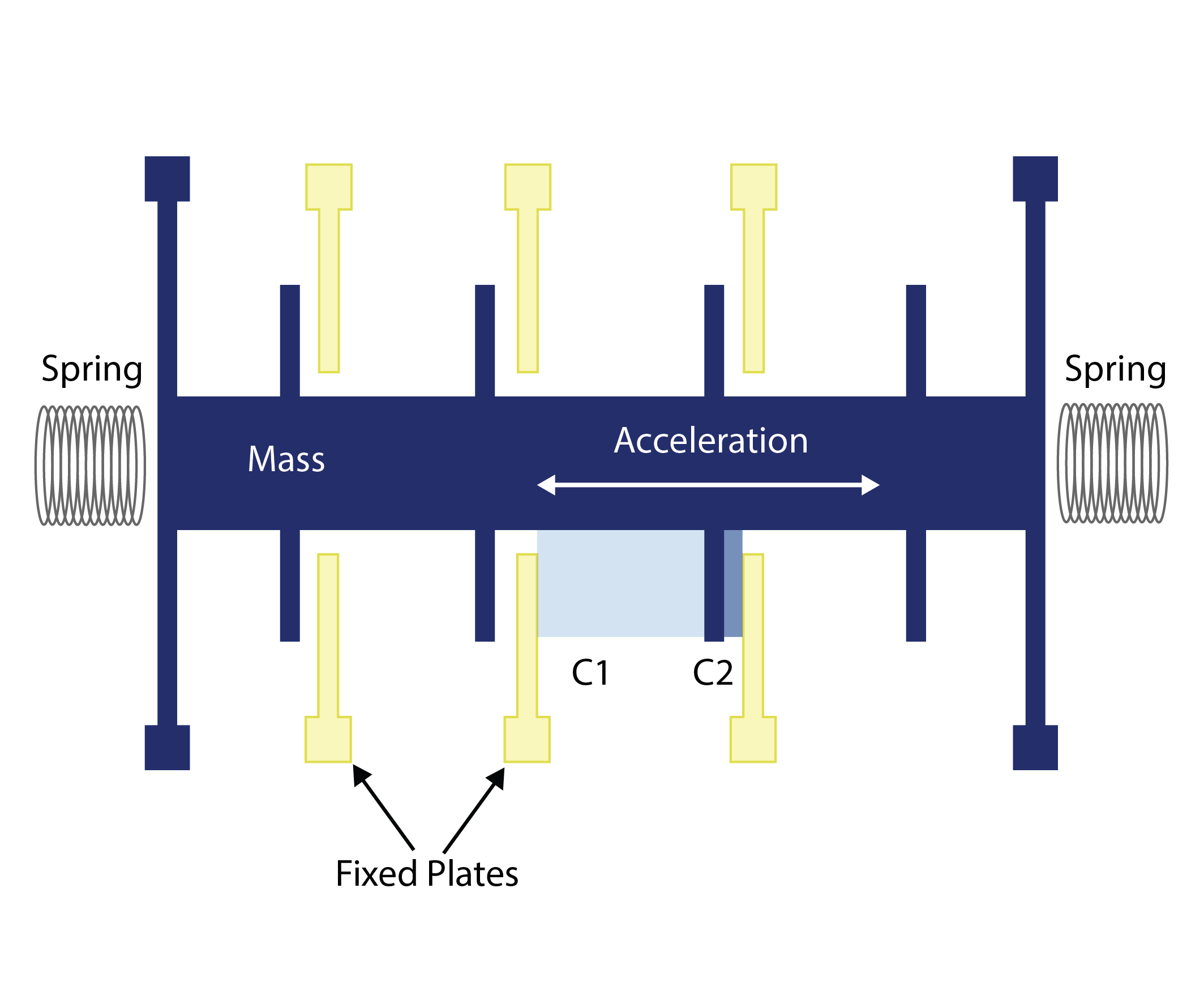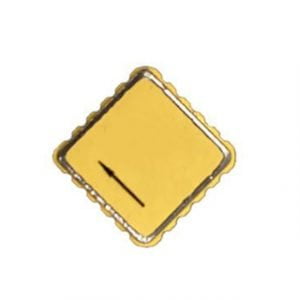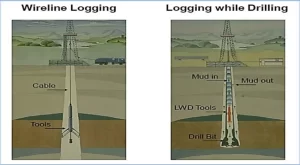With the development of MEMS technology, inertial sensor devices have become one of the most successful and widely used MEMS devices in the past few years, and micro-accelerometers are an outstanding representative of inertial sensor devices. One such technological advancement is the application of Micro-Electro-Mechanical Systems (MEMS) accelerometers in petroleum logging.
1.Understanding MEMS Accelerometers
MEMS accelerometers are tiny devices that measure acceleration forces, which can be static (like gravity) or dynamic (caused by movement or vibrations). They are constructed using microfabrication technology, allowing for the integration of mechanical and electrical components on a single silicon chip. This integration results in highly sensitive, accurate, and robust sensors that can be used in a wide range of applications.
The theoretical basis of the micro-accelerometer is Newton's second law. According to the basic physical principle, within a system, the speed cannot be measured, but its acceleration can be measured. If the initial velocity is known, the linear velocity can be calculated by integrating, and then the linear displacement can be calculated. Combined with a gyroscope (used to measure angular velocity), objects can be precisely positioned. According to this principle, people have long used accelerometers and gyroscopes for navigation of ships, aircraft and spacecraft.

2.MEMS Accelerometers Advance Oil and Gas Drilling Efficiency
In resource exploration, inertial technology is mainly used to measure the trajectory of the well and the actual position of the bit, so as to ensure that the well depth reaches the predetermined position. With the depletion of petroleum resources, exploration and development becomes more and more complicated, so higher precision and more reliable oil inclinometer are needed.
The application of inertial technology can meet this requirement. By using high-precision and high-resolution inertial and magnetic sensors to accurately measure engineering parameters such as inclination Angle, azimuth Angle and tool face Angle during drilling, real-time monitoring of well trajectory and bit position can be realized. Among them, capacitive MEMS accelerometers are relatively mature in terms of high temperature resistance, impact resistance and accuracy.
Among them, capacitive mems accelerometers are relatively mature in high temperature resistance, shock resistance and accuracy. ERICCO's ER-MA-5 High Accuracy MEMS Accelerometer has the characteristics of small volume, light weight and low energy consumption that can be widely used in Inertial measurement: inertial guidance, overload measurement, combined navigation;Tilt measurement: antenna attitude, platform measurement, dip test; Vibration measurement: mechanical equipment, bridge dam, safety test.

Fig.2 High-Accuracy-MEMS-Accelerometer
Two applications in petroleum logging are as follows:
Borehole Seismic Surveys:
Vertical Seismic Profiling (VSP): MEMS accelerometers are used in VSP to provide detailed images of the subsurface geological structures. These sensors measure the seismic waves generated by a source at the surface and reflected back from various geological layers. The data collected helps in identifying oil and gas reservoirs, mapping the subsurface, and planning drilling operations.
Seismic While Drilling (SWD): This technique involves the use of MEMS accelerometers to gather seismic data while drilling is in progress. SWD helps in real-time decision-making, reducing the risks associated with drilling and improving the accuracy of the wellbore placement.
Formation Evaluation:
Logging While Drilling (LWD): MEMS accelerometers are integrated into LWD tools to measure the inclination and azimuth of the wellbore. This information is crucial for directional drilling and helps in maintaining the desired trajectory. Additionally, accelerometers can detect the formation’s mechanical properties, aiding in the identification of potential hydrocarbon zones.
Wireline Logging: In wireline logging, MEMS accelerometers are deployed to assess the structural integrity of the borehole and the surrounding formations. They provide valuable data on formation density, porosity, and other geological characteristics, enabling more accurate reservoir evaluation.

Fig.3 Logging During Drilling And Wireline Logging.
3.Advantages of MEMS Accelerometers in Petroleum Logging
High Sensitivity and Accuracy: MEMS accelerometers offer precise measurements, essential for accurate geological evaluations.
Compact Size: Their small size allows for easy integration into various logging tools and systems.
Robustness and Reliability: MEMS accelerometers are designed to withstand harsh downhole conditions, ensuring consistent performance.
Cost-Effectiveness: The mass production capabilities of MEMS technology make these accelerometers affordable, reducing overall operational costs.
As technology continues to advance, the role of MEMS accelerometers in petroleum logging is expected to expand, further revolutionizing the industry and contributing to the sustainable extraction of hydrocarbon resources.
Contact us for more information about MEMS accelerometers: [email protected]

